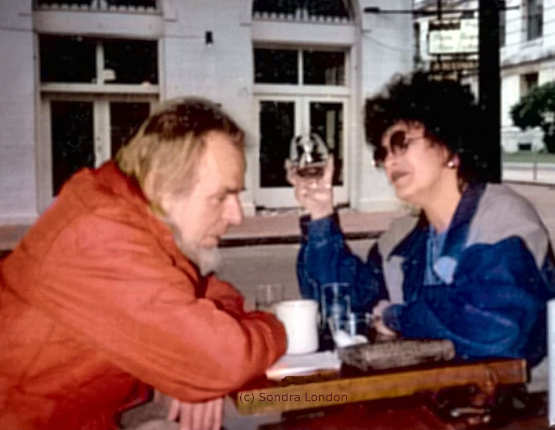Among “People of the Book” it is customary to believe what is written in their scriptures. Today, this category of people could include not only followers of Abrahamic religions, but also those who are accustomed to believing a separate category of non-religious writings. As a rule, in such cases, the concept of “holiness” of scriptures is substituted for the concept of “academic authority,” but the principle itself remains the same. As a result, the perceptions of the past and present of the world around us for those who are accustomed to believing scriptures backed by academic authority are shaped by such secular books.
That said, many highly specialised academic specialists are often aware of and report on the abundant practice of deliberate forgery in their particular areas of expertise, but more often than not their focus does not extend beyond their specialisms. For example, the established art historian specialising in Germany has detailed the massive fabrication of German Renaissance artifacts, but at the same time has not even questioned artifacts from other regions and time periods. For example, the major authority in the field of Roman, Jewish and Christian numismatics, honestly wrote about the fact that only separately taken so-called “Paduan” fake coins find a place in almost all cabinets of collectors of antique coins, noting their high quality, but at the same time he did not even questioned the time period of origin of lower quality items. For example, the honorable comparativist and historian of European culture systematised the widespread cases of “editing the memory of nations,” the deliberate falsification of the cultural past (primarily literary heritage) in the process of creating national identities in Europe, but at the same time did not even question the ancient national history in other parts of the world.
By default, preferring not to believe everything that is written in holy religious or academic scriptures, and proceeding from the fact that perhaps almost everything written in them is a deliberate forgery, for myself i decided to try to systematise the data on forgeries and started the project of the database of forgers: forgers of almost all fields of human activity and of all known times. Continue reading


